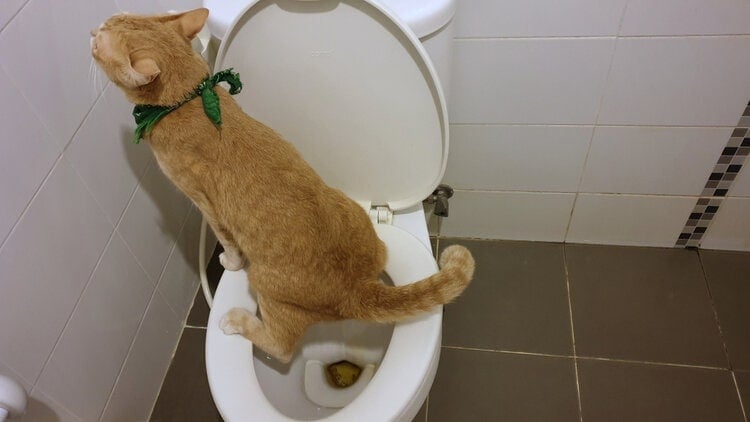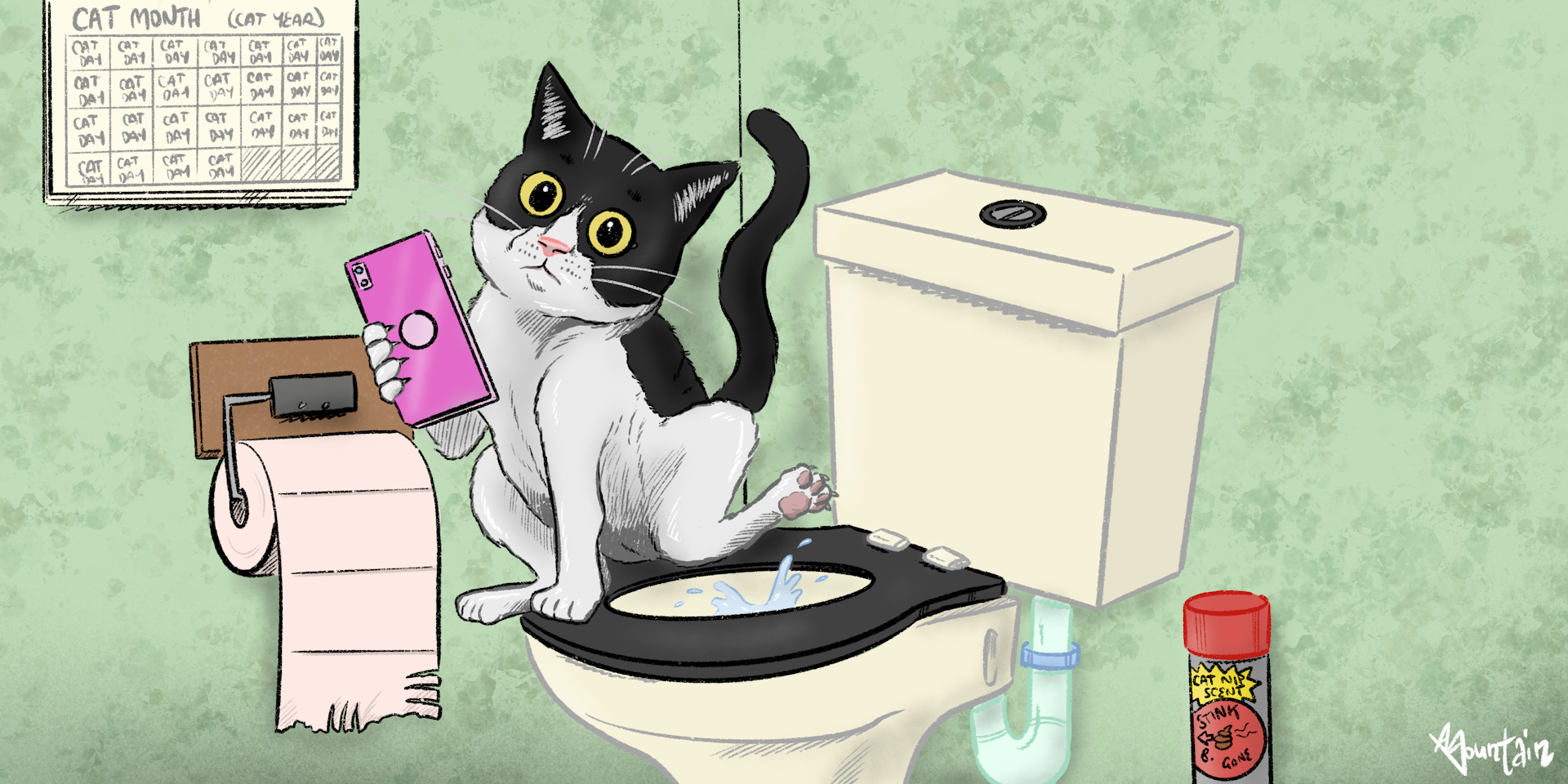The article listed below relating to Can You Flush Cat Poop Down The Toilet? is really captivating. Don't skip it.

Intro
As pet cat owners, it's vital to be mindful of how we take care of our feline buddies' waste. While it might seem hassle-free to purge cat poop down the toilet, this practice can have destructive repercussions for both the environment and human health.
Environmental Impact
Flushing feline poop presents damaging pathogens and bloodsuckers right into the water supply, posturing a substantial threat to marine ecological communities. These contaminants can adversely influence marine life and concession water high quality.
Health Risks
In addition to environmental concerns, flushing pet cat waste can also present wellness risks to people. Pet cat feces might contain Toxoplasma gondii, a bloodsucker that can trigger toxoplasmosis-- a possibly severe health problem, specifically for pregnant ladies and individuals with weakened body immune systems.
Alternatives to Flushing
Luckily, there are much safer and a lot more responsible ways to take care of cat poop. Take into consideration the complying with options:
1. Scoop and Dispose in Trash
One of the most usual approach of dealing with pet cat poop is to scoop it into a biodegradable bag and throw it in the trash. Make sure to use a devoted trash inside story and get rid of the waste quickly.
2. Use Biodegradable Litter
Select naturally degradable pet cat trash made from products such as corn or wheat. These clutters are environmentally friendly and can be safely thrown away in the garbage.
3. Hide in the Yard
If you have a lawn, think about burying cat waste in an assigned location away from vegetable yards and water resources. Make sure to dig deep adequate to prevent contamination of groundwater.
4. Install a Pet Waste Disposal System
Buy a pet waste disposal system especially designed for feline waste. These systems use enzymes to break down the waste, lowering smell and ecological effect.
Conclusion
Responsible pet dog ownership extends past supplying food and shelter-- it likewise includes proper waste management. By avoiding purging cat poop down the commode and opting for alternate disposal techniques, we can minimize our environmental impact and secure human wellness.
Why Can’t I Flush Cat Poop?
It Spreads a Parasite
Cats are frequently infected with a parasite called toxoplasma gondii. The parasite causes an infection called toxoplasmosis. It is usually harmless to cats. The parasite only uses cat poop as a host for its eggs. Otherwise, the cat’s immune system usually keeps the infection at low enough levels to maintain its own health. But it does not stop the develop of eggs. These eggs are tiny and surprisingly tough. They may survive for a year before they begin to grow. But that’s the problem.
Our wastewater system is not designed to deal with toxoplasmosis eggs. Instead, most eggs will flush from your toilet into sewers and wastewater management plants. After the sewage is treated for many other harmful things in it, it is typically released into local rivers, lakes, or oceans. Here, the toxoplasmosis eggs can find new hosts, including starfish, crabs, otters, and many other wildlife. For many, this is a significant risk to their health. Toxoplasmosis can also end up infecting water sources that are important for agriculture, which means our deer, pigs, and sheep can get infected too.
Is There Risk to Humans?
There can be a risk to human life from flushing cat poop down the toilet. If you do so, the parasites from your cat’s poop can end up in shellfish, game animals, or livestock. If this meat is then served raw or undercooked, the people who eat it can get sick.
In fact, according to the CDC, 40 million people in the United States are infected with toxoplasma gondii. They get it from exposure to infected seafood, or from some kind of cat poop contamination, like drinking from a stream that is contaminated or touching anything that has come into contact with cat poop. That includes just cleaning a cat litter box.
Most people who get infected with these parasites will not develop any symptoms. However, for pregnant women or for those with compromised immune systems, the parasite can cause severe health problems.
How to Handle Cat Poop
The best way to handle cat poop is actually to clean the box more often. The eggs that the parasite sheds will not become active until one to five days after the cat poops. That means that if you clean daily, you’re much less likely to come into direct contact with infectious eggs.
That said, always dispose of cat poop in the garbage and not down the toilet. Wash your hands before and after you clean the litter box, and bring the bag of poop right outside to your garbage bins.
https://trenchlesssolutionsusa.com/why-cant-i-flush-cat-poop/

I'm just very occupied with How to Dispose of Cat Poop and Litter Without Plastic Bags and I'm hoping you enjoyed the blog post. Do you know anybody else who is inquisitive about How to Dispose of Cat Poop and Litter Without Plastic Bags? Please feel free to promote it. Thanks for your time spent reading it.
Call Today